If you want to sell on Amazon using Fulfillment by Amazon (FBA), you might wonder how much it costs to store your inventory in Amazon's warehouses. FBA storage fees are one of the main expenses incurred by FBA sellers, and they can vary depending on the size, weight, and seasonality of your products. In this guide, we will understand the different aspects of FBA storage fees, how to calculate them, and how to reduce them with some tips and strategies.
Key Takeaways from this Post
Understanding FBA Storage Fees: FBA storage fees are charged by Amazon for storing inventory in fulfillment centers. Calculated monthly based on cubic feet occupied, fees vary by size and type, with higher rates during peak seasons (Oct-Dec).
Long-term Storage Fees: Long-term storage fees apply to inventory in Amazon's centers for over 365 days, encouraging sellers to optimize stock levels. Fees are charged twice yearly, calculated based on dimensions, quantity, and duration.
Best Practices to Reduce Fees: Effective inventory management, promotions, and timely removal of slow-moving items are key strategies to avoid high FBA storage fees. Regularly review and optimize product listings, pricing, and packaging to enhance profitability and minimize costs.







TL;DR Summary - How Much Are Amazon FBA Storage Fees?
FBA storage fees are the fees that Amazon charges you for keeping your inventory in their fulfillment centers. It is calculated based on how many cubic feet of space your products occupy and is charged monthly.
FBA storage fees are split into two categories: standard size and oversize:
- Standard-size products can weigh up to 20 pounds and have 18 x 14 x 8 inches or less dimensions.
- Oversized products that measure over any of the limits for standard-size products.
FBA storage fees also change depending on the season. Because of higher demand and competition among sellers, Amazon charges more storage fees during the peak season, usually from October to December. The peak season storage fees can be up to three times more than the rest of the year.

What Are FBA Storage Fees?
FBA stands for fulfillment by Amazon, and the FBA storage fee is the fee Amazon charges you for storing your goods in their fulfillment centers. The fee is calculated based on occupied space measured in cubic feet.
Amazon measures the amount of space your products take up by multiplying each unit's length, width, and height and then adding 0.25 inches on each side for packaging.
They keep updating the space your products take up every quarter based on the dimensions and weight data you provide or that they measure themselves. If there is a difference between your and Amazon's data, Amazon will use the bigger of the two to calculate the fees.
The FBA storage fee is charged on the 7th day of every month for the inventory stored in the previous month. For example, you will be charged for the inventory stored in January on February 7th.
You can see your FBA storage fees on your Seller Central account or download the Monthly Storage Fees report, which shows the details of your FBA storage fees by product and fulfillment center.
FBA Storage Fees vs. FBA Fulfillment Fees vs. Referral Fees
Sometimes, people confuse FBA storage fees for FBA fulfillment fees or FBA referral fees, but they are three different types altogether.
FBA fulfillment fee is the fee Amazon charges a seller for picking, packing, shipping, and handling orders. It is calculated based on your product's size, weight, and shipping speed and is unique for every product.
FBA storage fees also differ from FBA referral fees, which are the fees that Amazon charges you for selling your products on their platform. FBA referral fees are based on the category and the price of your products. They are calculated as a percentage of the sale.
Want to learn about other Amazon fees? Bookmark these for later:
Do FBA Storage Fees Vary by Product Size or Type?
Yes, FBA storage fees vary by product size and type. As mentioned earlier, Amazon divides your products into standard-size and oversized categories.
Oversize products have higher storage fees than standard-size products because they take up more space and need special handling.
Oversize products are further graded into four subcategories, each having its own fee structure:
- Small oversize
- Medium oversize
- Large oversize
- Special oversize
Here is a table that shows the criteria and fees for each product category and subcategory:
What Are FBA Long-term Storage Fees?
As an FBA seller, you want to keep your inventory levels optimal to meet customers' demands and avoid paying unnecessary fees. However, sometimes you have some inventory that sells slower than expected or is only in demand during certain seasons. In that case, you can be liable for paying extra fees for storing your inventory too long.
Amazon charges extra fees for FBA inventory that stays in their fulfillment centers for more than 365 days. These fees are called long-term storage fees and are charged in addition to the regular storage fees. Long-term storage fees are meant to encourage the sellers to sell their inventory faster or to remove it from Amazon's warehouses to free up space.
How Long Does Your FBA Inventory Last for Amazon to Start Charging Extra Fees?
Any item in your inventory that has been in the Amazon fulfillment center for more than 365 days is liable for the extra fees. This will be in addition to the monthly storage fees.

How Are Long-term Storage Fees Calculated?
The long-term storage fees are calculated depending on three factors:
- The dimensions and weight of your products
- The number of units that have been in Amazon's warehouses for more than 365 days
- Duration of storage of the products.
Amazon charges long-term storage fees twice yearly, on February 15th and August 15th. On these dates, Amazon will identify any units in their fulfillment centers stored for more than 365 days and charge you a fee of $6.90 per cubic foot or $0.15 per unit, whichever is greater.
Volume and Size of Inventory
The volume and size of your inventory are essential factors affecting your FBA and long-term storage fees. The volume of your inventory is the amount of space your products occupy in cubic feet.
The higher the volume and the larger the size, the higher the long-term storage fees. Therefore, optimizing the volume and size of your inventory is crucial.
Choose the proper packaging, reduce the dimensions and weight of your packaging, and select the appropriate product category to save on FBA storage fees and increase your profit margins.
Inventory Age
The inventory age of your products is the number of days that your products have been in Amazon's fulfillment centers. The inventory age of your products affects your FBA storage fees and long-term storage fees, as well as your inventory performance and sales rank.
The inventory age of your products is calculated from the date they arrive at Amazon's fulfillment centers until they are sold or removed. For example, if your products arrive at Amazon's fulfillment centers on January 1st and are sold or removed on January 31st, the inventory age of your products is 30 days.
Amazon divides your inventory age into six segments based on the number of days that your products have been in their fulfillment centers. These are:
- 0-60 days
- 61-90 days
- 91-180 days
- 181-330 days
- 331-365 days
- More than 365 days
You can check your inventory age report on Seller Central under the 'Reports' tab and the Fulfillment section. You can also download the Inventory Age report, which shows the details of your inventory age by product and fulfillment center.
Review the Fee Schedule
The fee schedule shows your products' current FBA fees and policies. It includes the storage, fulfillment, referral, and other fees you must pay as an FBA seller. It also consists of the product size and weight requirements, the inventory placement options, the removal and disposal options, and the service level agreements.
The fee schedule is updated periodically by Amazon to reflect the changes in market conditions, customer demand, and operational costs. Therefore, it is essential to review the fee schedule regularly, to stay informed of the latest FBA fees and policies, and to plan your budget and pricing accordingly.
You can find the fee schedule on Seller Central, under the Help tab, and then under the Selling on Amazon section.
Calculate
For example, if you have ten units of a standard-size product that measures 12 x 10 x 6 inches and it has been in Amazon's warehouses for more than a year, your long-term storage fee would be:
- Volume of one unit = 12 x 10 x 6 / 1728 = 0.417 cubic feet
- Volume of 10 units = 0.417 x 10 = 4.17 cubic feet
- Long-term storage fee = max($6.90 x 4.17, $0.15 x 10) = $28.77
You can check your 'inventory age report' on your Seller Central dashboard to find the number of units stored in Amazon's warehouses for over 365 days.

How Can I Track My FBA Storage Fees?
To track your FBA storage fees, you can use the reports and tools Amazon provides on Seller Central. Here are some of the reports you can use for tracking:
- Monthly Storage Fees report: This report shows the details of your FBA storage fees by product and fulfillment center. It includes details like the product name, the ASIN, SKU, condition, fulfillment center, volume, storage fee rate, and the storage fee amount. You can download this report on Seller Central under the Reports menu and the Fulfillment section.
- Inventory Dashboard: This dashboard shows your inventory performance and health overview. It showcases metrics like the inventory performance index, excess inventory, inventory age, storage utilization, etc. You can access this dashboard on Seller Central under the Inventory tab and then under the Manage Inventory section.
Best Practices to Avoid High FBA Storage Fees
FBA storage fees are one of the primary costs that FBA sellers have to pay, and they can affect your profit margins and cash flow. Therefore, following some best practices and strategies is crucial to avoid high charges.
Inventory Management
One of the best ways to avoid high FBA storage fees is to manage your inventory effectively. Here's what you can do:
- Try to forecast your demand accurately, and order only the amount of inventory you can sell within a reasonable time frame.
- Monitor your inventory levels and performance regularly.
- Adjust the prices for your products nearing 365 days to avoid paying long-term storage fees.
- Liquidate your products in Amazon's fulfillment centers to free up space.
- Discard underperforming products.
Utilize Promotions and Discounts
Another way to avoid high FBA storage fees is to utilize promotions and discounts to increase sales velocity and clear inventory faster.
- Identify your slow-moving or seasonal products and offer them at a lower price or with a special deal, such as buy-one-get-one-free or coupons.
- Use marketing campaigns to promote your products and attract more customers using Amazon's sponsored product listings or external channels like social media, email, or blogs.
- Test and optimize your product listings and pricing. Ensure they are appealing and competitive and match the customer demand and expectations.
Dispose or Remove Inventory When Necessary
Another way to avoid high FBA storage fees is to dispose of or remove your inventory when necessary, especially if it is not selling well or has low profit margins.
You can opt for Amazon to destroy it for you, return it to you, or donate it to a charity. However, you must consider the costs and benefits of each option and compare them with your products' potential revenue and profit.
You can request a disposal or removal order on Seller Central under the Inventory tab and the Manage Excess Inventory section. Additionally, you can use Amazon's Automated Unfulfillable Removals feature, which allows you to set up a schedule for Amazon to automatically dispose of or remove your unfulfillable inventory, such as damaged or defective products.
You can also take advantage of Amazon's free removal offers. These are offered for a limited time to help sellers clear inventory and save on removal fees.

Frequently Asked Questions (FAQs)
Here are the answers to some commonly asked questions about FBA Amazon storage fees.
How do I avoid FBA storage fees?
The basic FBA storage fees are inevitable, but you can avoid the long-term storage fees by forecasting sales and monitoring your inventory, utilizing promotions like ads and discounts to improve sales, and disposing of inventory when necessary.
What happens if I don’t pay my FBA storage fees?
If you don't pay your FBA storage fees on time, Amazon may take the following actions:
- Suspend new shipments to Amazon's fulfillment centers until you pay your outstanding fees.
- Withhold any payments due to you until you pay your outstanding fees.
- Charge interest on your outstanding fees at the rate of 1.5% per month or the maximum permitted by applicable law, whichever is lower.
- Dispose of or liquidate any of your inventory in Amazon's fulfillment centers to recover the amount of your outstanding fees.
- Terminate your selling account and your participation in the FBA program.
Are there seasonal variations in FBA storage fees?
Yes, there are seasonal variations in FBA storage fees. Amazon charges higher storage fees from October to December, usually three times higher than the rest of the year.
For example, the storage fee for non-hazardous oversized products is $0.56 per cubic foot from January to September, but it increases to $1.40 per cubic foot from October to December. Similarly, the storage fee for standard-size products is $0.87 per cubic foot from January to September, but it increases to $2.40 per cubic foot from October to December.
Conclusion
It is essential to understand how FBA storage fees work, calculate them, and reduce them with some tips, tricks, and strategies. Since these are the prime costs that FBA sellers need to pay, they also are the factors that affect your cash flow and profits. Ensure you avoid adding/holding inventory items that do not sell and eat up storage space at Amazon fulfillment centers.
Apart from tracking the FBA storage fees, you also need a comprehensive system to streamline your accounting needs and eliminate chances of non-compliance. That’s where LinkMyBooks comes in! Try our free 14-day trial and see how the platform eases the handling of your Amazon seller account and makes ecommerce accounting a breeze with powerful automation!












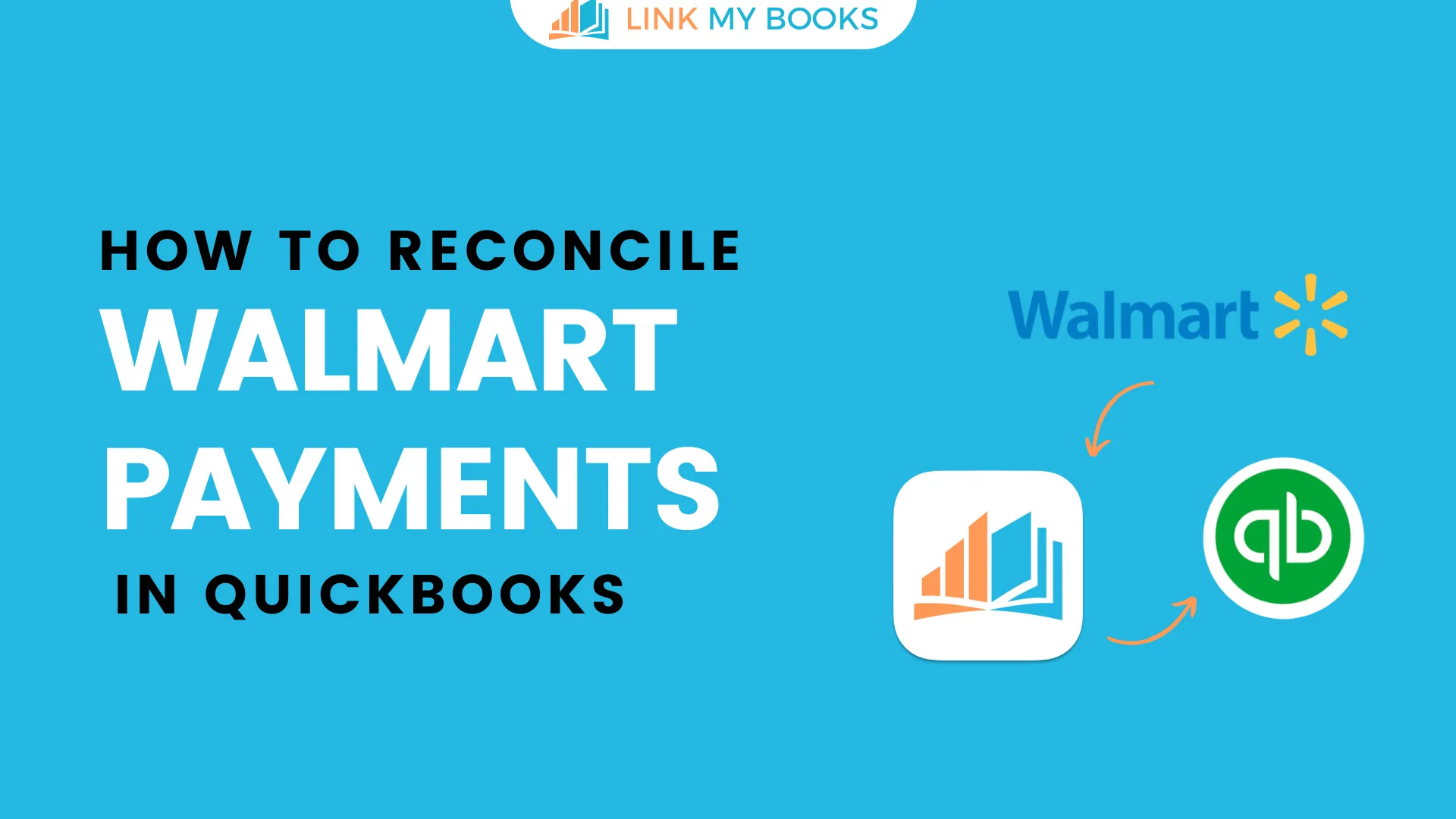
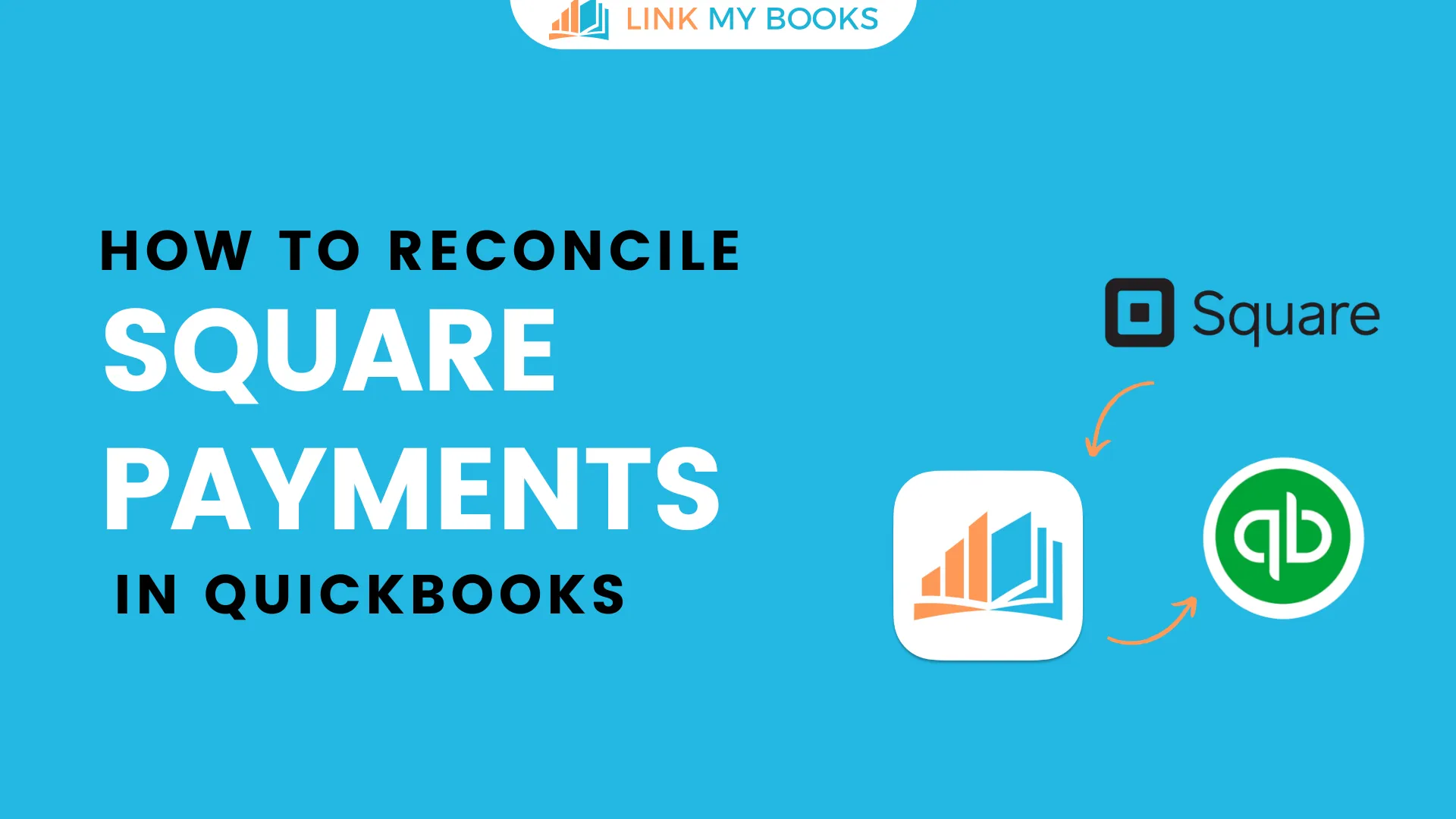
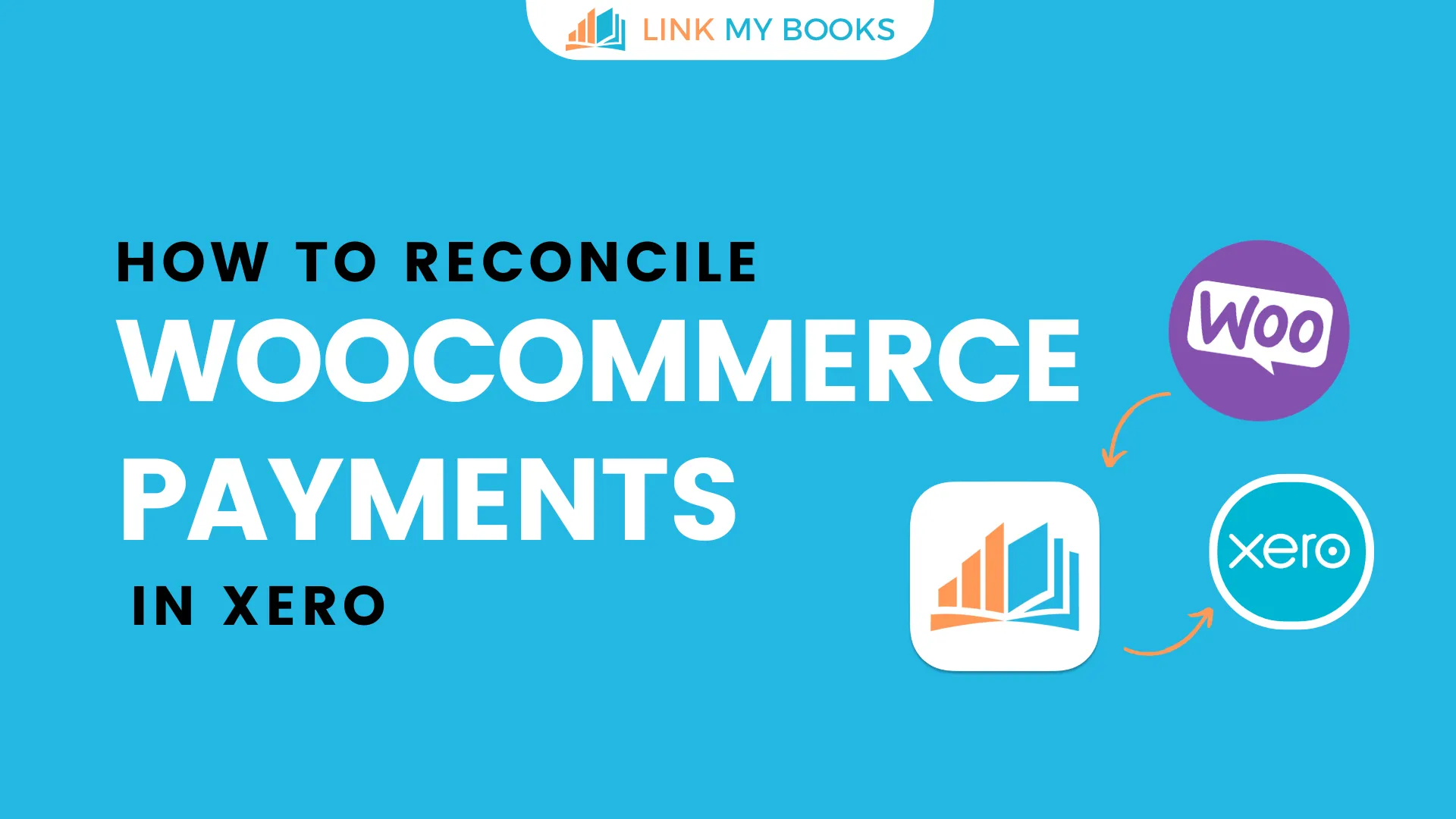
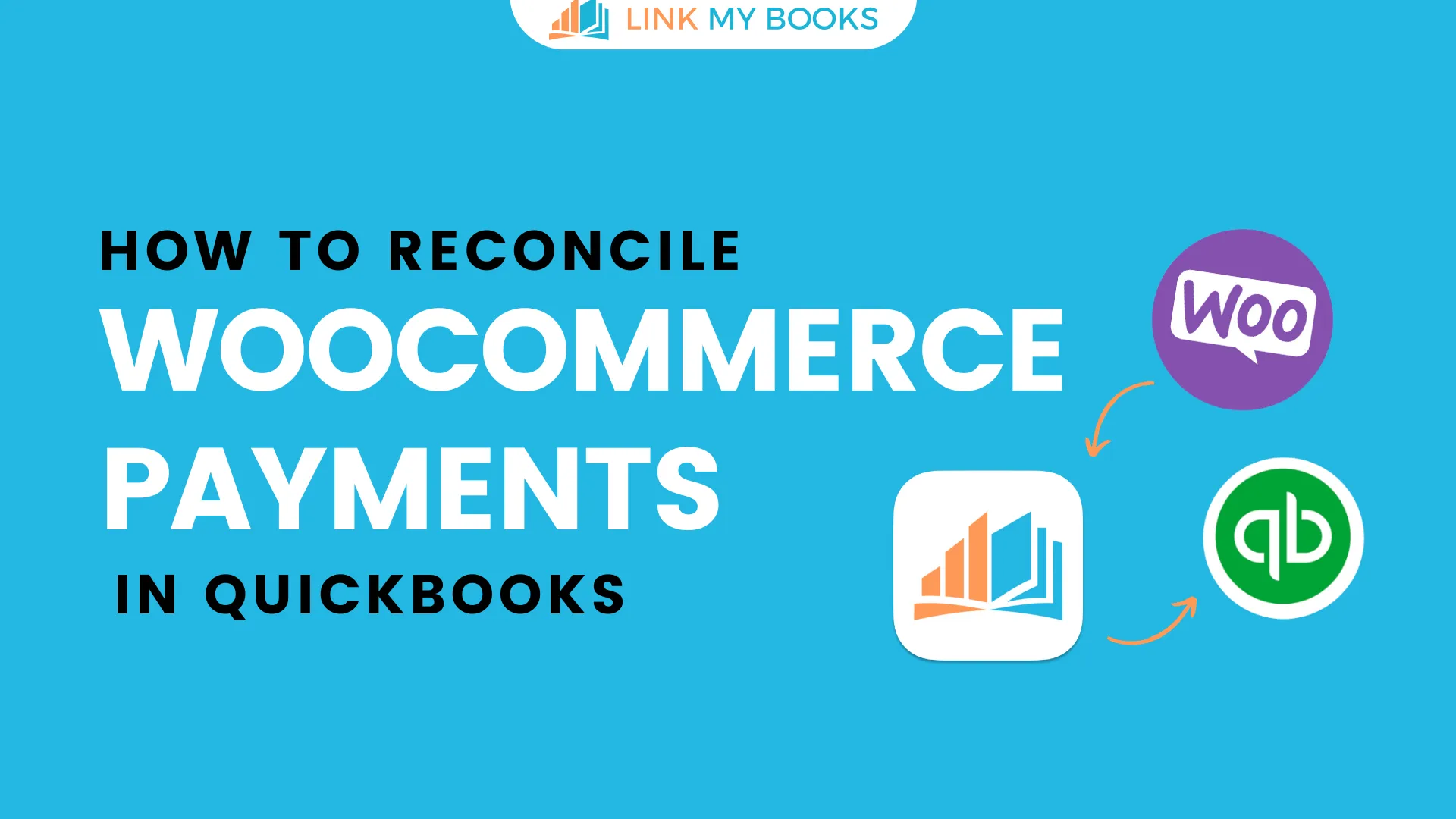
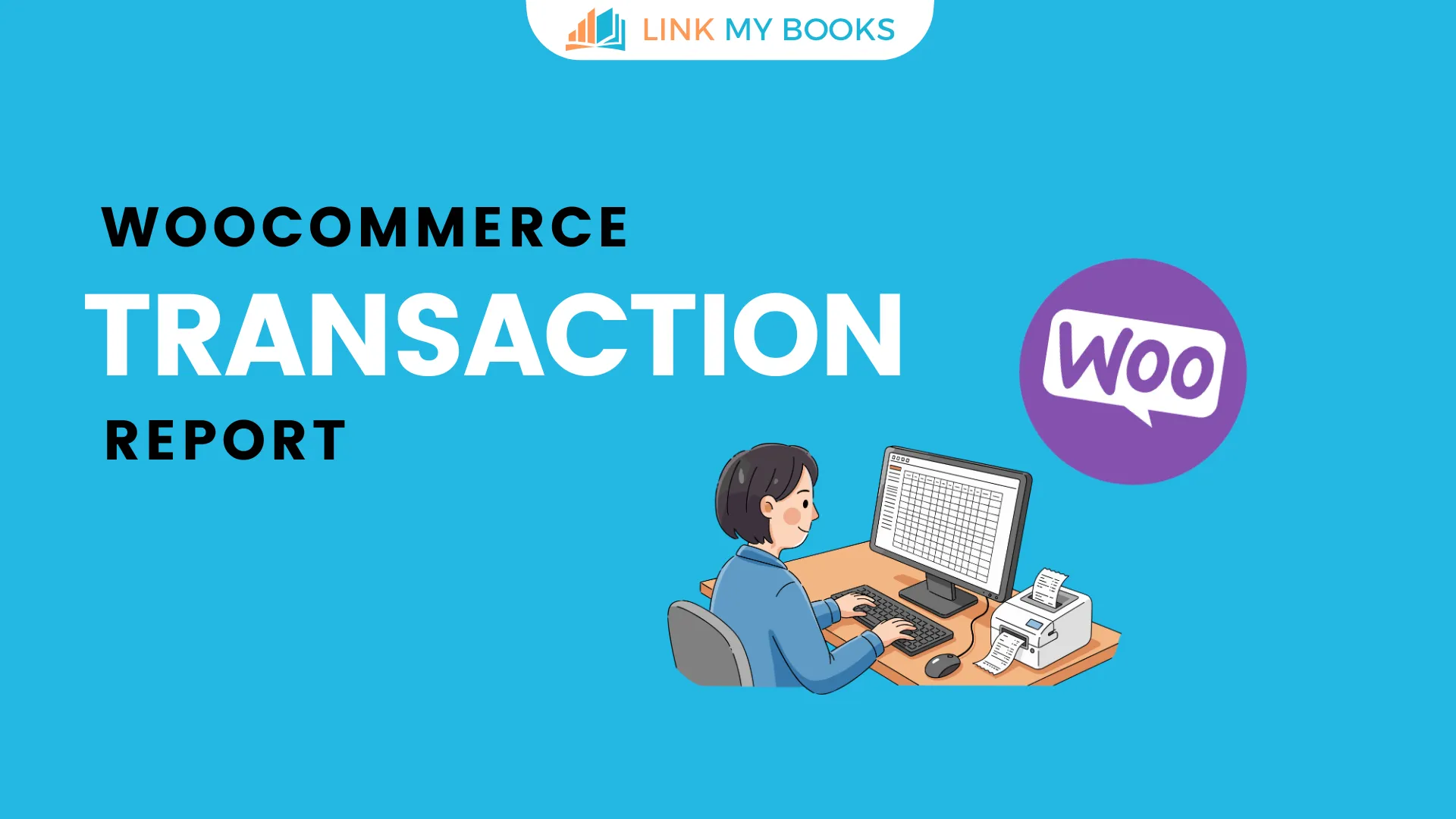


.png)